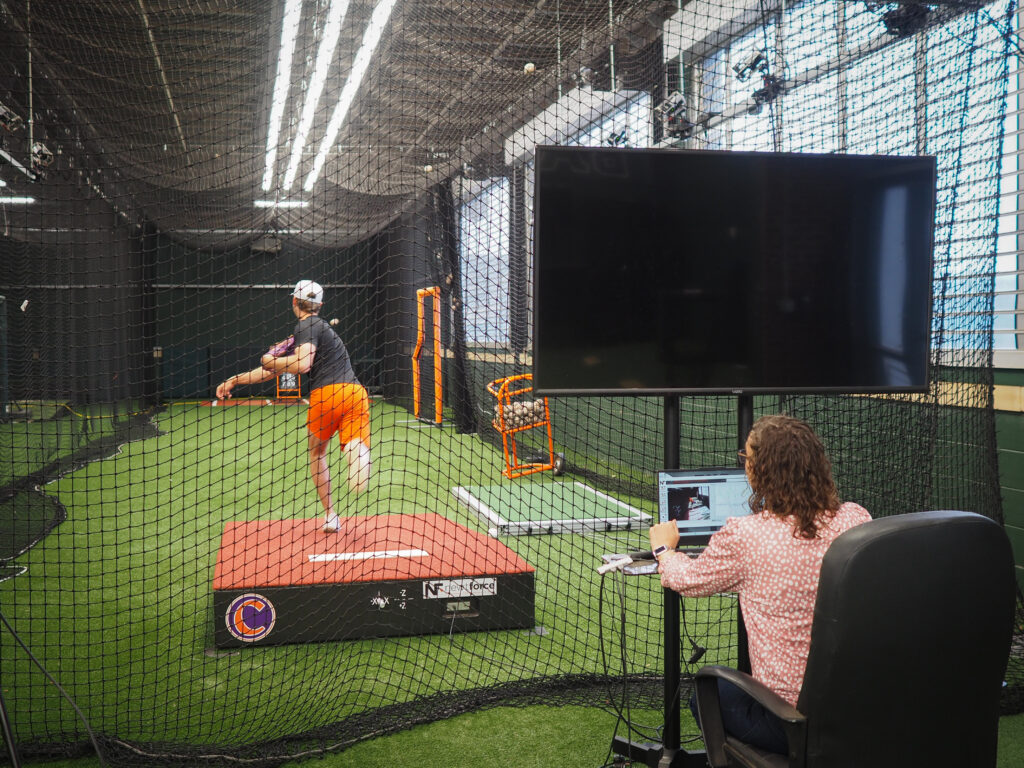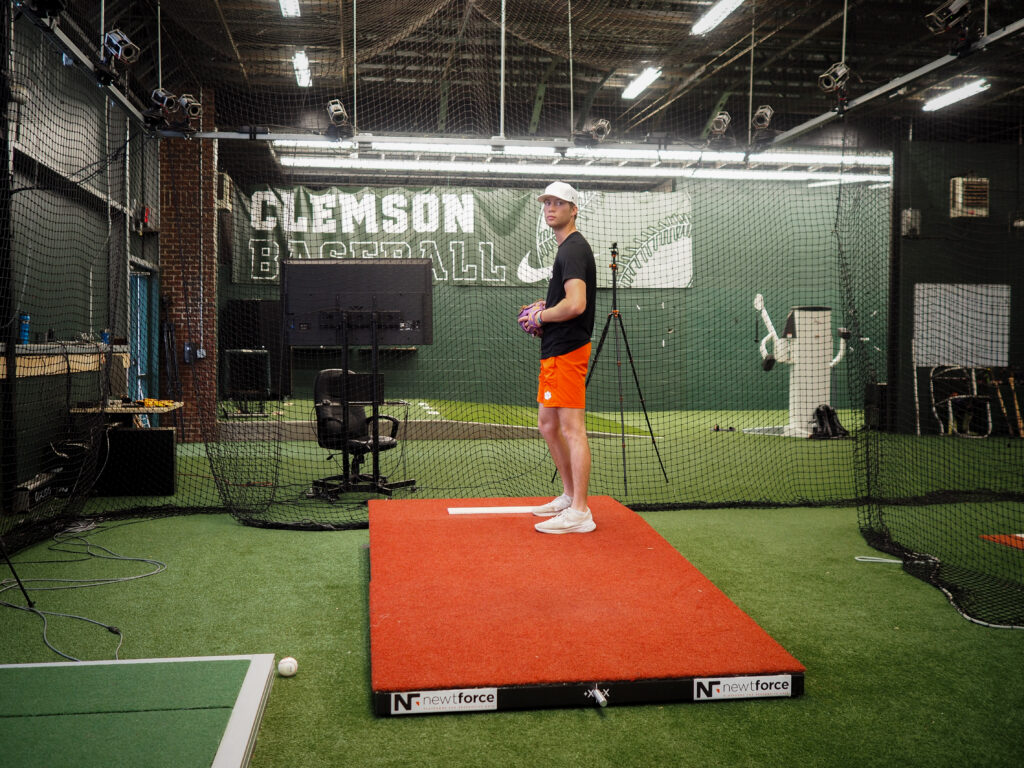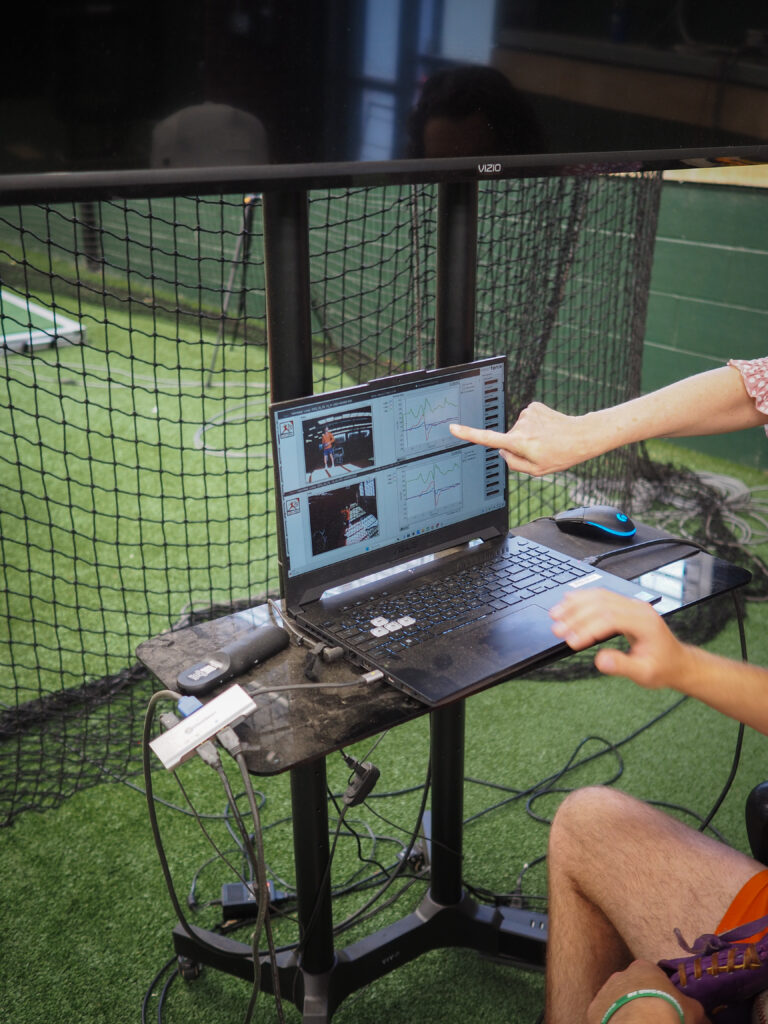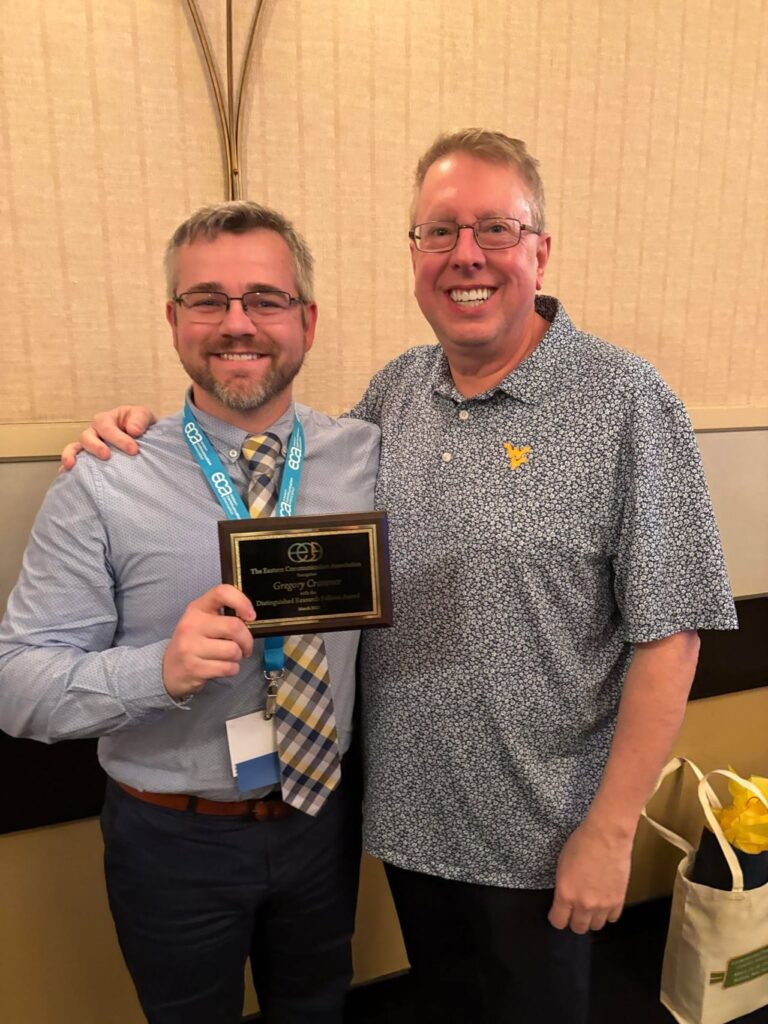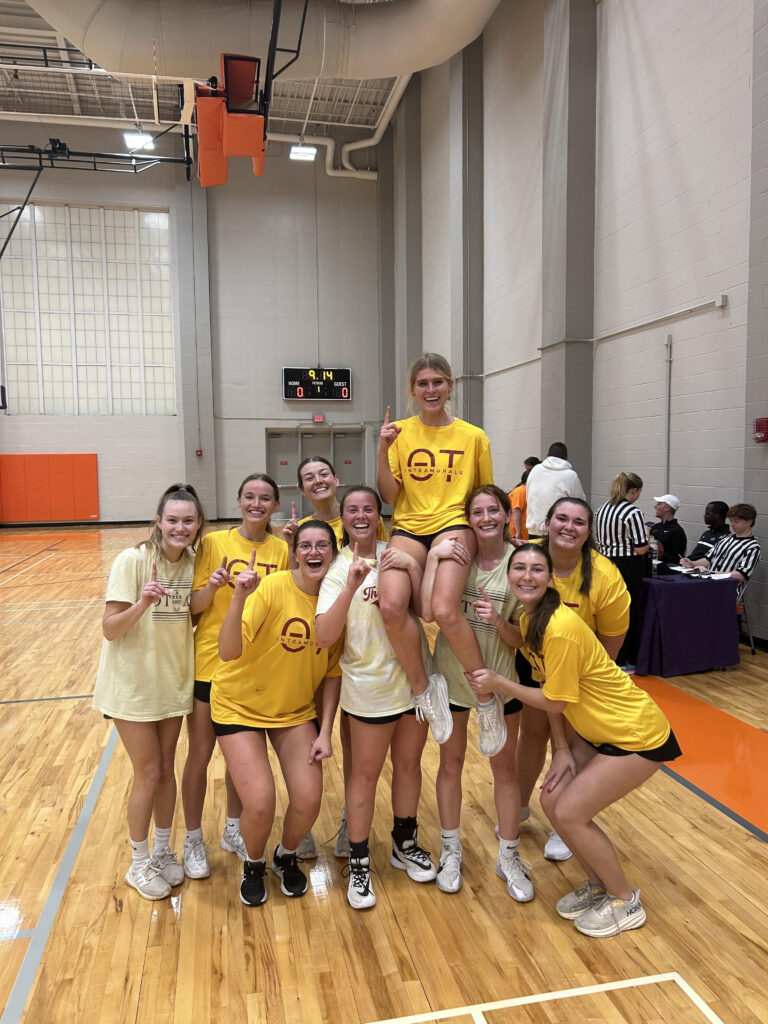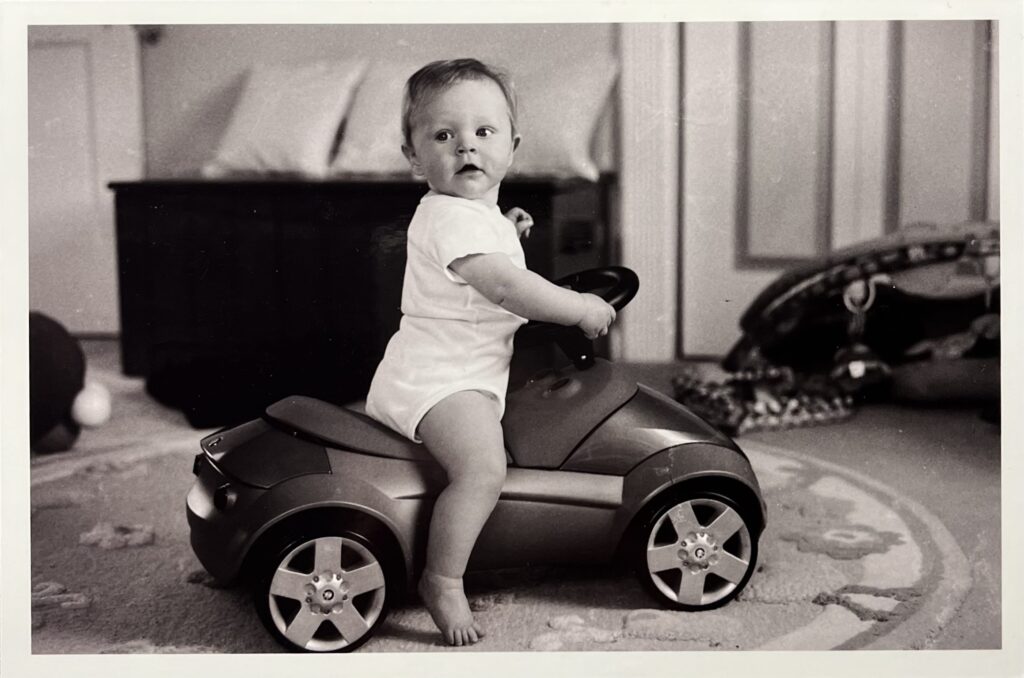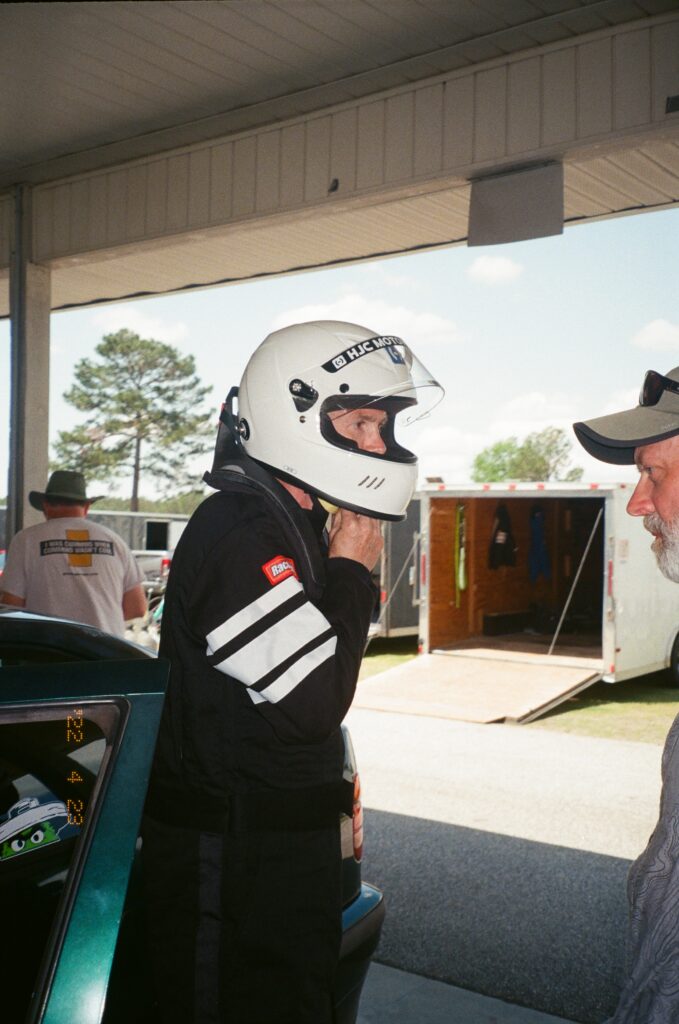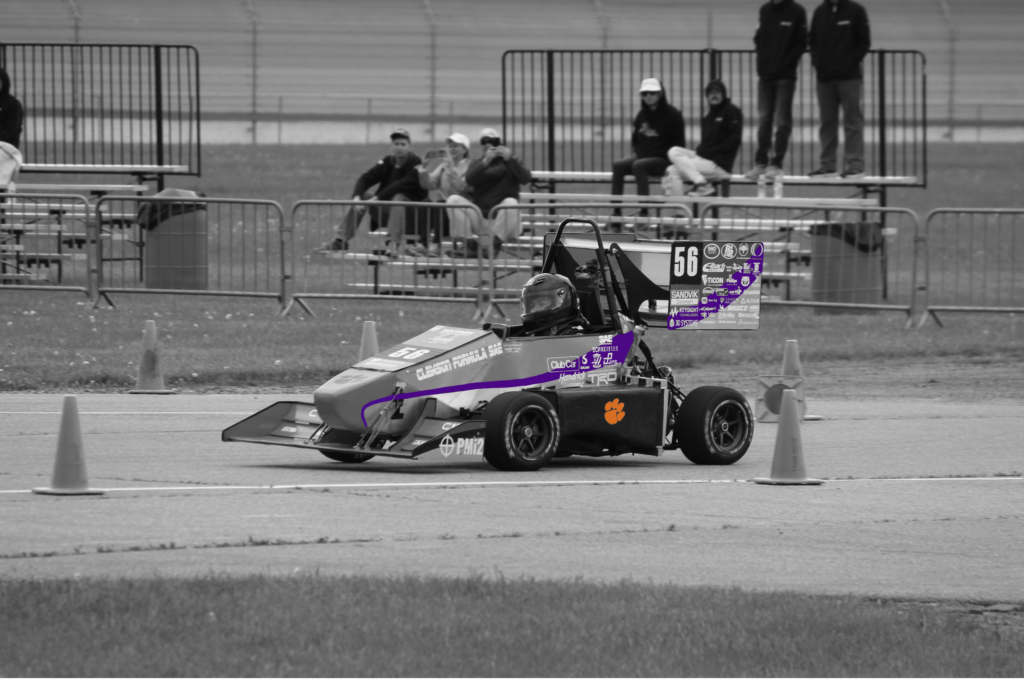by Keeleigh Bush

The New Way Sport Fund (NWSF), directed by Ashlyn Hardie, Ph.D., faculty fellow of the Robert H. Brooks Sports Science Institute and assistant professor in the Department of Parks, Recreation and Tourism Management, and funded by the Center of Sport Management Research and Education at Texas A&M and the GYS4D Initiative, continues to create waves in the sports development sector. After securing funding and supporting five innovative grassroots organizations worldwide this spring, the fund is already seeing tangible results in the communities it serves. These groups, from Brazil to Uganda, represent a diverse range of initiatives that use sport as a tool for positive social change, and NWSF’s support is helping them take their missions to the next level.
Proyecto Social Skate – Brazil: a safe space for cultural integration

Based in Brazil, Proyecto Social Skate uses skateboarding to create a safe space for diverse groups, particularly refugee families, child immigrants and indigenous populations. With the seed funding, they expanded their skate ramp to accommodate a 20% increase in participants and purchased essential equipment including skateboards, knee pads and helmets. This expansion allows Proyecto Social Skate to continue bringing together young people from different ethnic and cultural backgrounds, offering them a place for sport and an opportunity for cultural assimilation and integration
Comisión Mujer Joven – Nicaragua: empowering young women through sport
In Nicaragua, Comisión Mujer Joven is using the funding to invest in equipment, field space and curriculum development for young women. One of the most exciting outcomes so far is their new mental health support initiative. The group has provided a counselor for all 92 participants, helping athletes navigate concerns outside of performance—such as personal or mental health struggles. Additionally, Comisión Mujer Joven is hosting a tournament to raise funds and sustain their initiatives, demonstrating their forward-thinking approach to financial sustainability.
Girls in Football – Lebanon: overcoming barriers in sports for women
The Lebanese organization Girls in Football, is focused on breaking barriers for women in sports. With NWSF’s help, they have been able to pay for coaches and rent field space. This investment is key to their mission of providing girls with the opportunity to play football in an environment that supports and encourages their participation.
Rural Disabled Women Association (RUDIWA) – Uganda: education and inclusion for disabled women and girls
RUDIWA, based in Uganda, is using its funding to support disabled women and girls by offering access to education and sporting programs. The organization has provided books, menstrual hygiene products and other supplies to 25 participants who could not afford them. Beyond that, RUDIWA has created inclusive sports programs where women with disabilities can engage with their community, find fellowship and gain valuable life skills. By providing educational resources and sport opportunities, RUDIWA is fostering greater inclusion and empowerment.
Impact Academy – Egypt: a boxing academy for women and girls

In Egypt, Impact Academy, a boxing initiative for women and girls, is saving its funding to secure a permanent practice space. This thoughtful, strategic move will allow them to create a safe, self-sustaining space for their athletes, free from the disruption they often face in rental facilities. Impact Academy is planning to use their space for training and to generate income, making this an example of sustainability in action.
A focus on capacity building and future plans
One of the key elements of the NWSF is its commitment to supporting both immediate needs and long-term sustainability. Each of the five groups has been allocated 10 capacity-building hours to help them with essential areas such as grant applications, financial management, curriculum development and more. These tailored consultations aim to empower the organizations to become self-sufficient and expand their impact.
“We’ve heard from many groups that this funding is life-changing,” said Hardie. “This is often the first time they’ve received unrestricted funding, which allows them to make their own decisions on how to spend the money. That level of trust and flexibility is incredibly empowering.”
The fund has also received positive feedback for its accessibility.
“The application process was so easy, and we really appreciate the opportunity to learn how to do things on our own,” said one participant. Many organizations expressed gratitude for the opportunity to be guided in a way that respects their local expertise while also offering valuable resources for their growth.
Looking ahead: round two of funding and research initiatives
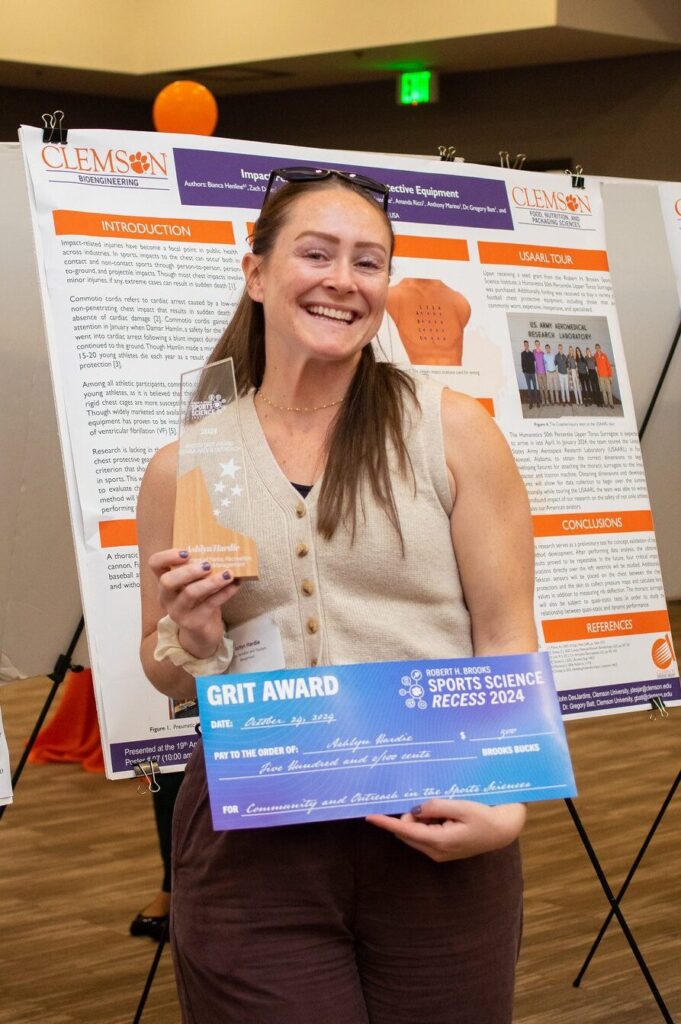
As the summer approaches, NWSF is gearing up for round two of funding. With funding support from the Center of Sport Management Research and Education at Texas A&M University already secured for the next funding cycle, the call for applications will open in July, allowing for new organizations to benefit from this funding mechanism and the embedded support resources. In the meantime, NWSF is conducting research on the outcomes of the funded groups, collaborating with Marlene A. Dixon (Texas A&M), Dr. Kat Raw (Swinburne Institute of Technology in Melbourne), and Dr. Per Svensson (Louisiana State University) to assess what strategies are most effective in creating sustainable change through sport.
As Hardie highlights, “I could not be leading this on my own. Essential collaborators and supporters include the funders — CSMRE at Texas A&M and the GYS4D Initiative — along with the Practitioner Advisory Committee, which consists of Nora Dooley, the director of Soccer Without Borders, Juliana Roman, member of La Nuestra Feminista, and Pappu Modak, secretary and head of Sports and Hope for Independence.”
With a focus on collaboration, trust and empowerment, the New Way Sport Fund is paving the way for a more inclusive, sustainable future for sports-based social change worldwide.
